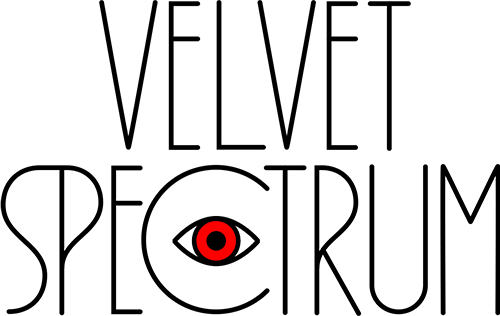When Does Design Matter?
- Luke Choice
- Sep 15
- 3 min read

On a recent trip to Pittsburgh to visit family, I was driving with my father-in-law in the passenger seat. We pulled up to a stoplight, and lo and behold, another ambulance-chasing lawyer billboard was taking over my field of vision. If you’ve driven down the interstate of any large U.S. city, you know exactly what I’m talking about. For some inexplicable reason, the lawyer’s face was awkwardly Photoshopped onto a body board hurtling down a water slide. I can’t remember what the messaging was because I was too baffled by the visuals stretching 50 feet wide.
Without hesitation, I muttered, “Damn, that billboard is a shocker!”
I expected a laugh or at least a nod of agreement. Instead, my father-in-law just looked at me and asked: “What’s wrong with it?”
That simple question took me by surprise. What seemed glaringly obvious to me was invisible to him. To him, it was just another lawyer billboard; to me, it was a visual nightmare. And that moment made me realize how easy it is to live inside the design bubble, assuming everyone else sees what we see.
It left me asking: when does design actually matter?
Understand Your Audience
Throughout my career, I’ve learned that the heart of design lies in going beyond the surface of a creative brief and finding ways to connect with the target audience through visual storytelling. In a world saturated with design, ranging from the beautifully crafted to the carelessly executed, capturing attention requires more than skill. It requires empathy. The goal isn’t to impose your personal vision of what should be, but to understand your audience and find ways to resonate with them.
That line of thinking brought me to a comparison with the recent firestorms that engulfed rebrands like Jaguar, Cracker Barrel, and even MSNBC. I have plenty of opinions about where these redesigns succeeded or stumbled, but what fascinates me most is the dialogue they sparked. Design suddenly wasn’t invisible — it was on full display, and fair game for dissection by anyone willing to throw their two cents in.

It is easy to see these pushbacks aren’t just about aesthetics — they’re about a sense of discomfort with the loss of the familiar as we barrel into an uncertain future. In a world where everything feels flattened and optimized for scalability, audiences seem to crave the opposite: heritage, texture, and the comfort of nostalgia. Millennials, in particular, who now hold outsized cultural influence due to their sheer population size, are a generation raised on nostalgia cycles, revivals, and remix culture. For them, design isn’t just branding, it’s a shared cultural touchstone.
Good design can fail, and bad design can succeed.
Design is most noticeable when it fails, but bad design can also succeed. Sometimes its impact comes from doing the opposite. Charli XCX’s Brat album cover is a perfect example: an abrasive lime-green backdrop with blunt sans-serif text dropped unceremoniously in the middle. At first glance, it looked lazy or unfinished. But that middle finger to traditional design principles was exactly the point. It cut through the noise, captured attention, and turned into a cultural moment. Brat proved that anti-design can sometimes have an outsized impact precisely because it refused to play by the rules.

Whether a design is good or bad by your personal standards means little if you can effectively connect with your audience.
When you consider that every action has a reaction, the backlash to these recent rebrands, or its obsession with something as aggressively simple as Brat, will begin to impact new directions in the design world. Perhaps toward a renewed appreciation for the traditional, the human, and the handcrafted, even as new movements seem hell-bent on stripping the charm and character from commercial designs. When modernization feels like inevitable progress, design can’t afford to disregard the cultural movement toward slowing down in an accelerating world.
And maybe that’s the answer to the question I asked myself on that drive in Pittsburgh: Good, bad, or somewhere in between, design matters when it shapes how people feel, trust, and connect. The rest of the time, it’s quietly doing its job, unseen, but no less important.

